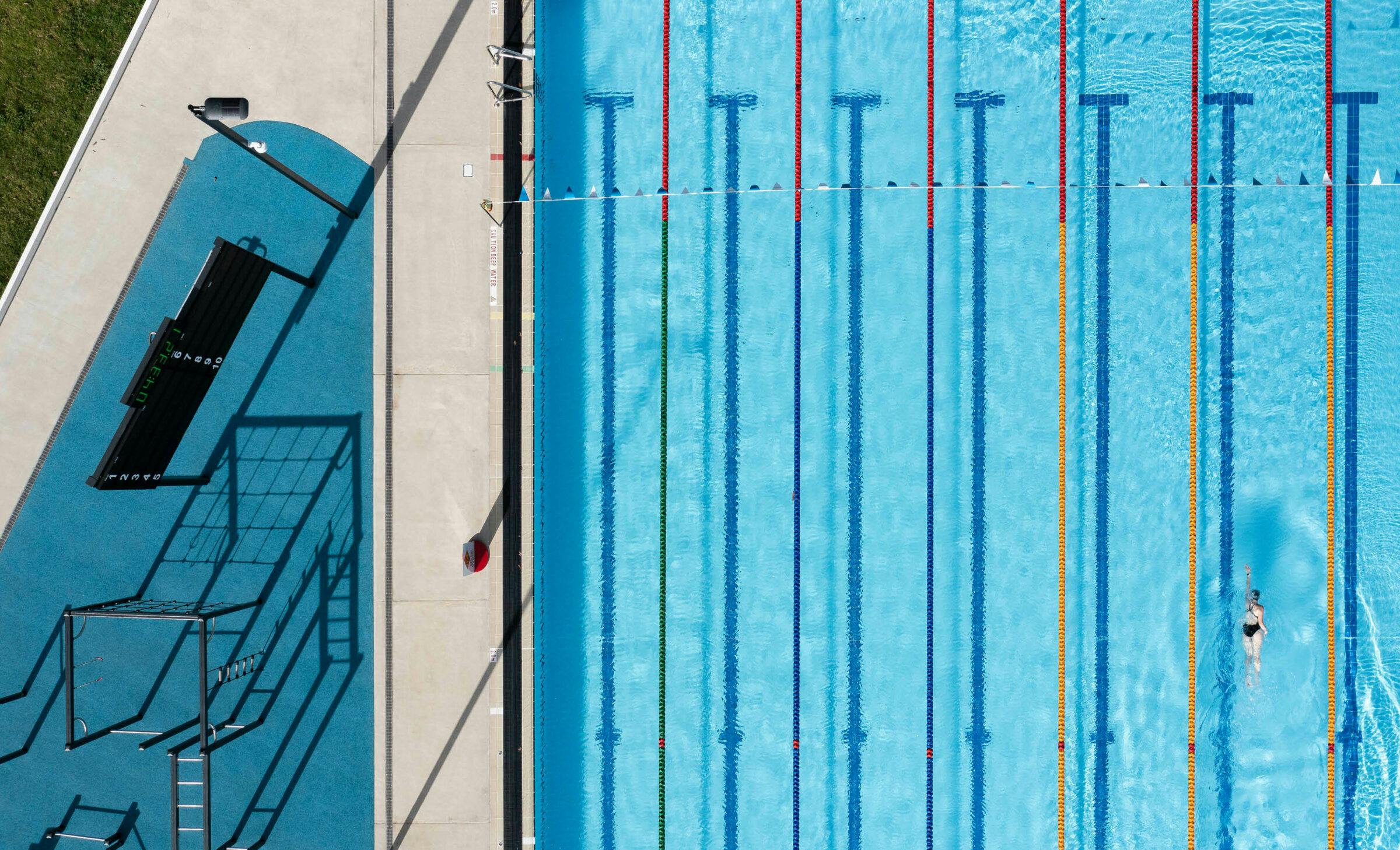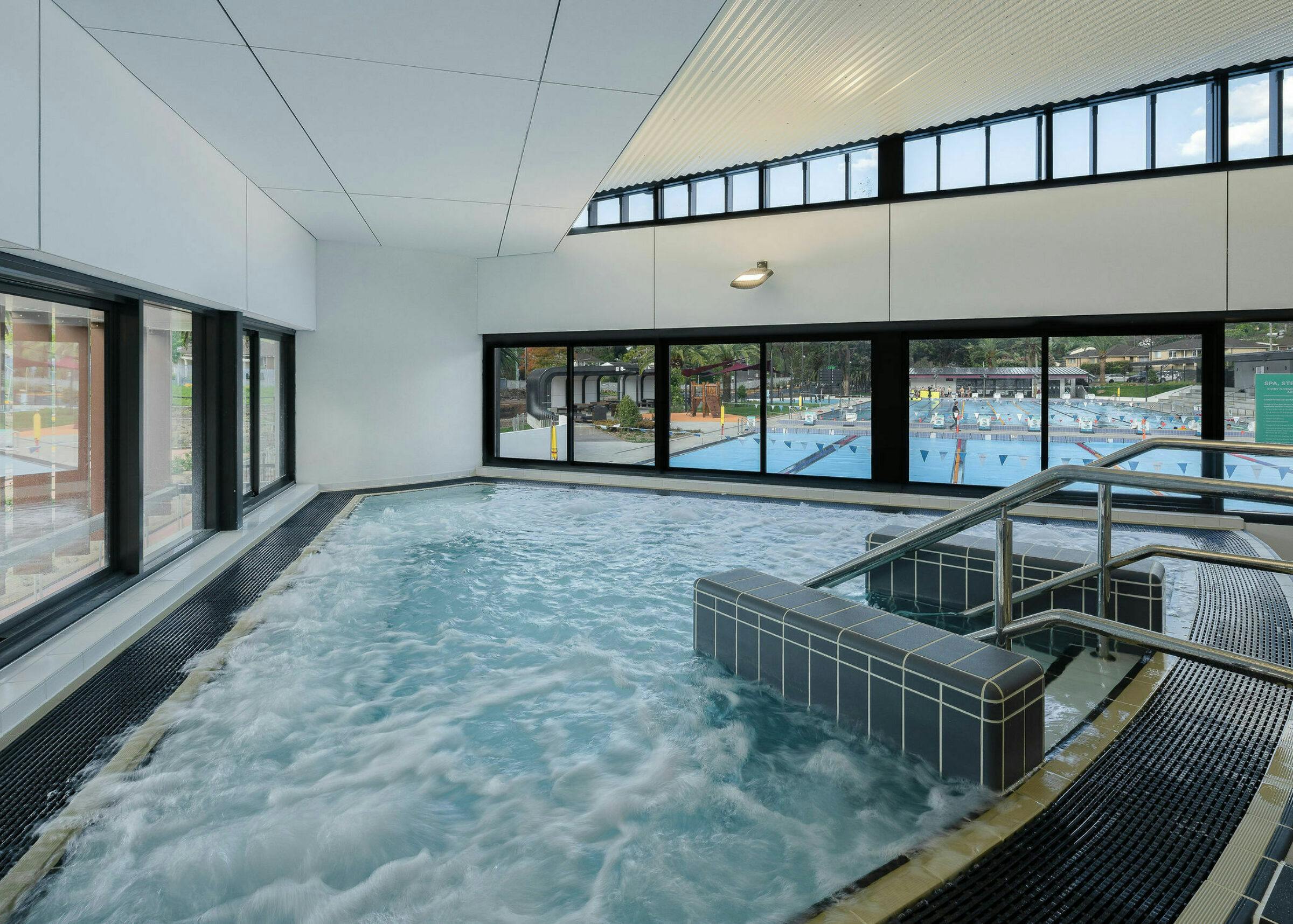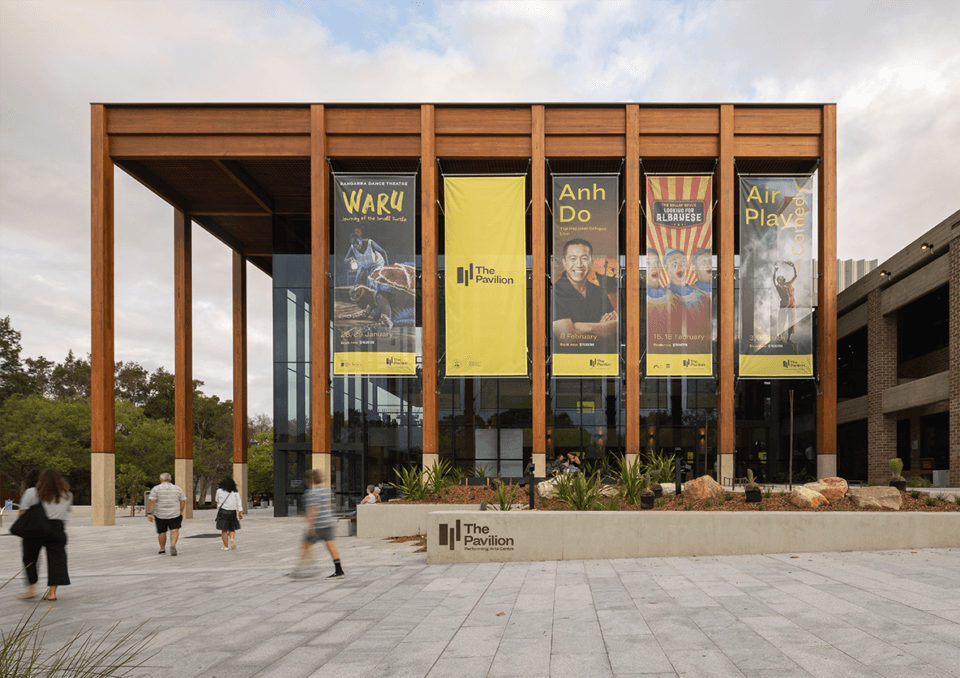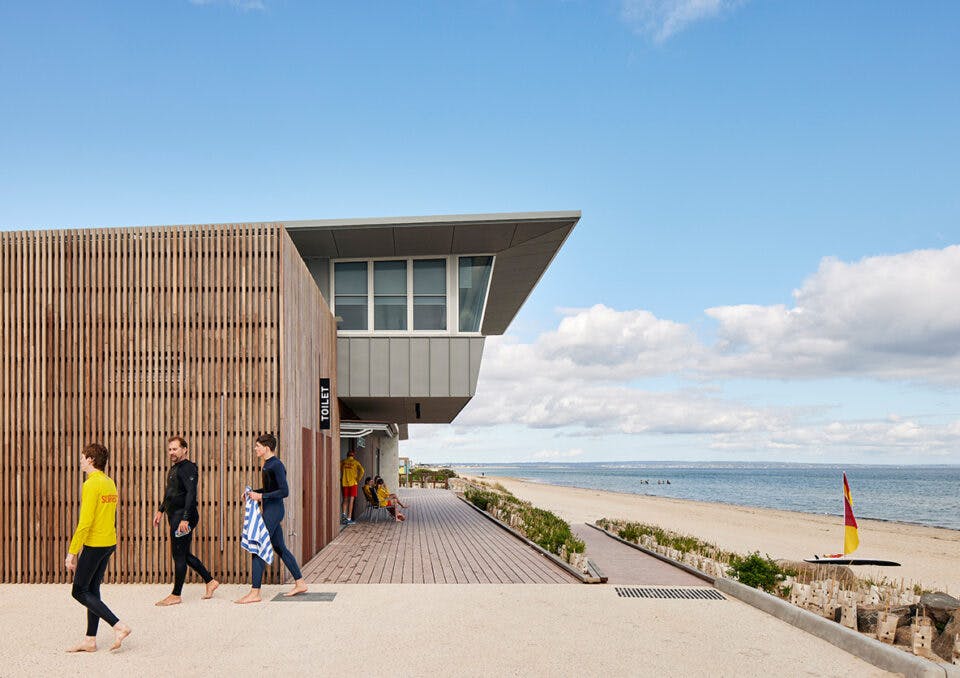Accessibility of Aquatic Facilities

Like many Australians of my generation, we have fond memories of our childhood visits to the local swimming pool in the 60s and 70s. The opportunity to seek relief from sweltering summer heat waves and eat totally unhealthy snacks and treats from the kiosk was always welcomed. We learnt to swim there and maybe enjoyed or endured the annual school swimming carnival. The facilities we enjoyed were largely due to the explosion in the development of swimming facilities that followed the success of the 1956 Melbourne Olympics. Every municipality and shire across the country felt a national duty to provide its constituents with the right to be able to learn to swim and then do 50-meter laps to become the next Dawn Fraser or Murray Rose, no matter where you lived, city or country, regardless of socio-economic standing.
Nostalgic for some
I look back nostalgically to my childhood experiences, but I am now well aware that many facilities did not score well in accessibility terms, and many do not share similar glowing memories. We see most of the upgrade project briefs place AS1428.1 compliance as a top priority. For many clients, this is not just an effort to reduce liability. There is often a genuine request to seek industry best practices, exceeding the mandatory. I suspect this is an acknowledgement that we could have done better in the past.
Over the last 30 years, I have had the opportunity to upgrade many of these facilities from the golden era. In many cases, the pools themselves have developed leaks, structural faults or tiling failures, or the needs of the community are no longer being met by the facility. In terms of access, step ladders into lap pools were typical. Entry stairways with handrails were common. Ramps into pools were less common. Beach entries, hoists and platform lifts were the stuff of science fiction in the 60s.
The legislative timeline
Accessibility, in general, was not high on the agenda of most local councils or architects at the time. The reason for this is a matter of another discussion, but one reason would be the lack of statutory requirements or industry standards covering accessibility. In fact, “accessibility” is a fairly recent term.
For many years we labelled accessible WCs as “disabled” WCs on our drawings. The national building code in place up to 1993 was Ordinance 70. It was essentially silent on accessibility issues. Whilst AS1428.1 was first published in 1988, it wasn’t referenced by the BCA until NCC2011, making compliance mandatory. This was augmented with the provisions of the Disability Discrimination Act Access to Premises –Buildings Standards 2010, making property owners vulnerable to claims from the aggrieved. This set a new expectation in the community, and councils and architects were obliged to address the expectation, willingly or under duress.

Where are we at?
To summarize, setting benchmark standards in law to reflect the community's expectations is an iterative process. These standards are reviewed and refined over time in light of experience in the field. With reference to the accessibility of aquatic facilities in particular, I believe we are at the mid-point of this process, and it remains immature, a work in progress.
Requirements for access to swimming pools were first introduced into the NCC2011 (Part/Specification D3.10). However, AS1428.1-1988 predates this by 2 decades. I posit that when AS1428.1 was written, the authors had not intended the document to be applied to ramps and stairs in pools. The physics of movement in an aquatic environment is radically different to a terrestrial one. The act of entering a pool presents a transition from one universe into another. In the water world, bathers are barefoot; they move like astronauts, wheelchairs tip over, you don’t fall in deep water when you slip, the vision of the pool floor is distorted, and everyone is hearing impaired under water. From my viewpoint, in the 90s, the general opinion was that AS1428.1 was inappropriate for pool applications, but could serve to a limited degree as design intent and a guide to the design of ramps and stairs. We then designed from first principles, research and experience, tempered with common sense.
Who is the certifier
Since the introduction of NCC2011, I have witnessed a gradual increase in the application of AS1428.1 by assessors. I have also seen a widely inconsistent application between assessors, which appears arbitrary. The first question is usually “Who is the certifier?” to gauge the challenge ahead of us.
Tick a box
For example, some certifiers require tactiles at the bottom of a pool stair, IN the water. Common sense would dictate that slower forward motion in the water, bare feet and distorted visibility through moving water would cause one to question the appropriateness of the application of the requirement. In order to “tick a box”, this then prompts the provision of an alternative solution. I am not aware of any examples of tactiles being mandated for inside a pool anywhere else in the world.
Another issue that has been raised more frequently is the requirement for a flat landing at the top of a pool stairway. Refer D3.3 (a)(i) and (a)(ii). This requires a max gradient of 1:40 for a landing on a ramp or at steps. In a wet deck pool, the perimeter gutter grating and adjacent tiling are typically inclined towards the pool. This is done to help contain the pool water from escaping onto the concourse. Not only is this to conserve warm treated pool water and energy, but it is also a requirement of Royal Life Saving -Guidelines for Safe Pool Operations to contain pool water. The angle of incline to achieve this is in the order of 1:20.
However, this exceeds the 1:40 requirement, so where the stair meets the gutter cannot be considered a compliant landing. This then presents another candidate for an alternative solution or compromise the containment requirement.
Why should the pool stair even be assessed if it is not required for compliant access? A stairway is over and above the requirement for compliance. I could delete the stair and still comply. There should be no box to tick. It’s tempting to become cynical at this point. Why stop there? It would make more sense to insist on tactiles on the concourse to warn persons of the drop-off at the edge of a wet deck pool. However, I have not had a certifier request this.
The kick rail at the base of the ramp handrail has always been of concern. Whilst this performs to keep the castor wheel of the wheelchair from fowling and containing the general motion of the wheelchair, we believe the use of a kick rail in an open balustrade may present an increased entrapment risk in a pool, especially for small children. To counter this, an alternative is to provide a solid kerb or wall in lieu of a kick rail. This reduces the entrapment issue, but then increases the width of the ramp and increases the complexity and cost of construction.
NCC Part D3 requires that pools with a total perimeter greater than 40m associated with a building required to be accessible (eg.9b) be provided with 1 means of access. This captures most pools with lengths of sides exceeding 15m (e.g. Typical Learn to Swim pool). This can be via i) ramp, ii) beach entry, platform lift or iv) sling-style pool lift. The option is not available for any pool with a perimeter greater than 70m. We would usually advocate for the ramp or beach entry methods as these offer the most dignity. The platform and sling methods do not promote independence as they require staff intervention for both entry and exit and draw attention. These modes are more appropriate for retrofits of existing pools or where space does not permit a ramp or beach entry. I believe Part D3 is reasonably well aligned with best practices and accessibility equipment currently available to the industry.
It is the right thing to do
This was just a sneak peek into access to aquatic spaces from an architect’s point of view. I think it would be fair to say that most architects in this role embrace accessibility as a concept. It is the right thing to do. At NBRS, we seek to create life-changing environments, so the accessibility of our designs is paramount. The journey to making our community accessible is well underway.
However, there is a way to develop regulations customized for the aquatic environment and don’t frustrate the process through the inappropriate and arbitrary application of the current regulations.



